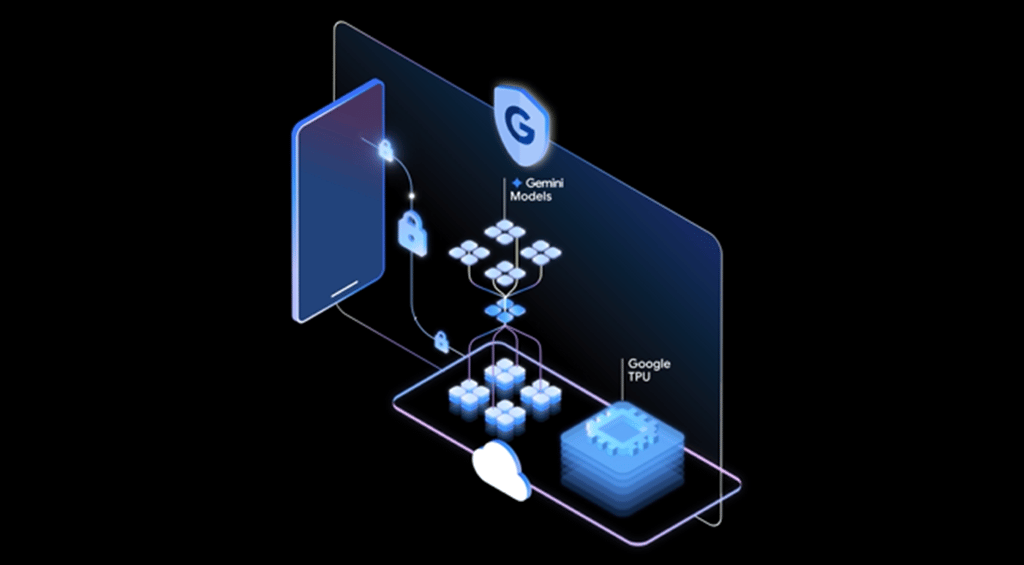Datamation content and product recommendations are
editorially independent. We may make money when you click on links
to our partners.
Learn More
IBM reported its fourth quarter and full year fiscal 2013 results late Tuesday, showing continued declines in its hardware business, as software and cloud initiatives move the other way.
For the quarter, IBM reported revenue of $27.7 billion, which is a five percent year-over-year decline. Net Income for the quarter was reported at $6.2 billion for a six percent year-over-year gain. For the full year, IBM’s 2013 revenue was reported at $99.8 billion for a five percent decline, with Net Income of $16.5 billion for a one percent decline.
Cloud Storage and Backup Benefits
Protecting your company’s data is critical. Cloud storage with automated backup is scalable, flexible and provides peace of mind. Cobalt Iron’s enterprise-grade backup and recovery solution is known for its hands-free automation and reliability, at a lower cost. Cloud backup that just works.
SCHEDULE FREE CONSULT/DEMO
The area of largest weakness for IBM was its hardware business.
“We are dealing with some challenges in our hardware business model specific to Power, storage and x86,” Martin Schroeter, CFO and Senior Vice-President at IBM said during the company’s earnings call. “In fact, our hardware segment profit was down over $750 million in the quarter and $1.7 billion for the year.”
IBM’s Power business was particularly hard hit, with Schroeter noting that revenue declined by 31 percent.
“We continue to shift significant capacity into the Unix market, however this has been more than offset by significant price performance resulting in lower revenue,” Schroeter said.
IBM is taking multiple actions to breath renewed life and vigor into its Power systems, including making it an attractive platform for Linux deployments. Schroeter noted that in the fourth quarter of 2013 IBM debuted an integrated facility for Linux offerings, which enables IBM clients to run Linux workloads in their existing servers. He added that the Power Linux strategy will further expand as IBM moves to its Power 8 architecture later this year, which will deliver enhanced cloud and Big Data features.
Even though IBM is taking steps to enliven its Power hardware business, a full return to past performance isn’t likely in the cards.
“We recognize that the Power platform will not return to prior revenue levels,” Schroeter said. “We will take action in this business to reflect the new business model.”
There is a bright spot in IBM’s hardware business though, with the integrated PureSystems approach. IBM first launched PureSystems in April 2012 as an initiative integrating server, storage and networking components to enable application deployment.
“Across our hardware products Pure revenue was up more than 30 percent, sequentially,” Schroeter said. “Globally, we shipped over 2,500 systems in the fourth quarter and over 10,000 systems to-date.”
Cloud
IBM’s software business is also on the upswing, with income for 2013 reported at $11.1 billion for the year. Growth for IBM software is being buoyed by the WebSphere middleware solutions.
“We had great performance in WebSphere, revenue was up 15 percent at constant currency and we gained share,” Schroeter said. “We had good growth in both our on-premise application server business and newer cloud based offerings.”
Cloud was highlighted by IBM as key area of growth in general, with Software-as-a-Service, private, public and hybrid cloud solutions.
“For the year we delivered $4.4 billion of revenue for cloud solutions,” Schroeter said. “That’s up 69 percent year-to-year and within that $1.7 billion was delivered as a service.”
Sean Michael Kerner is a senior editor at Datamation and InternetNews.com. Follow him on Twitter @TechJournalist
-
Ethics and Artificial Intelligence: Driving Greater Equality
FEATURE | By James Maguire,
December 16, 2020
-
AI vs. Machine Learning vs. Deep Learning
FEATURE | By Cynthia Harvey,
December 11, 2020
-
Huawei’s AI Update: Things Are Moving Faster Than We Think
FEATURE | By Rob Enderle,
December 04, 2020
-
Keeping Machine Learning Algorithms Honest in the ‘Ethics-First’ Era
ARTIFICIAL INTELLIGENCE | By Guest Author,
November 18, 2020
-
Key Trends in Chatbots and RPA
FEATURE | By Guest Author,
November 10, 2020
-
Top 10 AIOps Companies
FEATURE | By Samuel Greengard,
November 05, 2020
-
What is Text Analysis?
ARTIFICIAL INTELLIGENCE | By Guest Author,
November 02, 2020
-
How Intel’s Work With Autonomous Cars Could Redefine General Purpose AI
ARTIFICIAL INTELLIGENCE | By Rob Enderle,
October 29, 2020
-
Dell Technologies World: Weaving Together Human And Machine Interaction For AI And Robotics
ARTIFICIAL INTELLIGENCE | By Rob Enderle,
October 23, 2020
-
The Super Moderator, or How IBM Project Debater Could Save Social Media
FEATURE | By Rob Enderle,
October 16, 2020
-
Top 10 Chatbot Platforms
FEATURE | By Cynthia Harvey,
October 07, 2020
-
Finding a Career Path in AI
ARTIFICIAL INTELLIGENCE | By Guest Author,
October 05, 2020
-
CIOs Discuss the Promise of AI and Data Science
FEATURE | By Guest Author,
September 25, 2020
-
Microsoft Is Building An AI Product That Could Predict The Future
FEATURE | By Rob Enderle,
September 25, 2020
-
Top 10 Machine Learning Companies 2021
FEATURE | By Cynthia Harvey,
September 22, 2020
-
NVIDIA and ARM: Massively Changing The AI Landscape
ARTIFICIAL INTELLIGENCE | By Rob Enderle,
September 18, 2020
-
Continuous Intelligence: Expert Discussion [Video and Podcast]
ARTIFICIAL INTELLIGENCE | By James Maguire,
September 14, 2020
-
Artificial Intelligence: Governance and Ethics [Video]
ARTIFICIAL INTELLIGENCE | By James Maguire,
September 13, 2020
-
IBM Watson At The US Open: Showcasing The Power Of A Mature Enterprise-Class AI
FEATURE | By Rob Enderle,
September 11, 2020
-
Artificial Intelligence: Perception vs. Reality
FEATURE | By James Maguire,
September 09, 2020
SEE ALL
CLOUD ARTICLES







